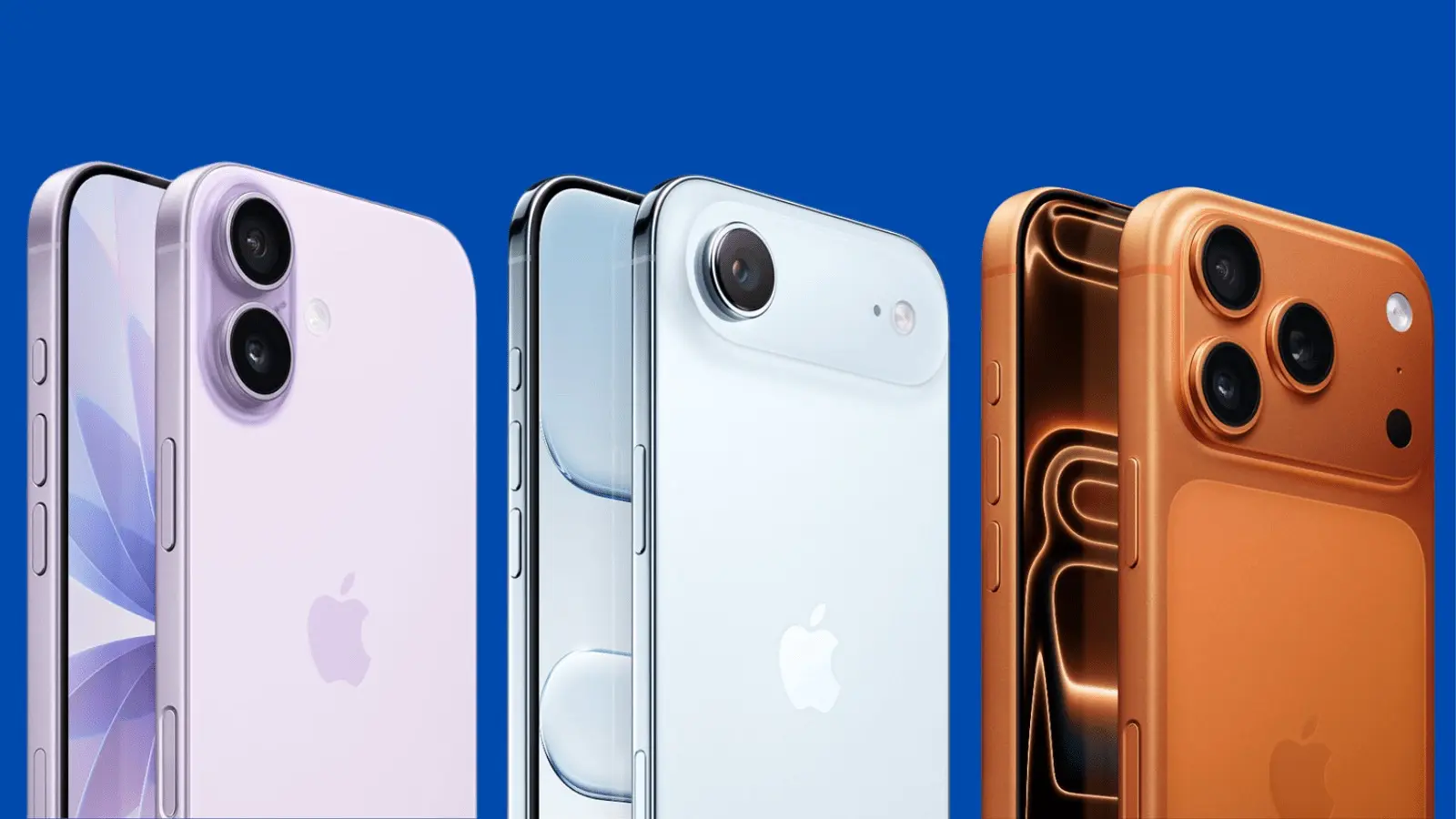4 Minutes
Apple is rethinking the ritual of a single yearly iPhone event. According to industry reporting and sources close to the company, the tech giant will stagger flagship releases across two different windows starting with the iPhone 18 era — a move that reshapes Apple’s product calendar and industry showdown with Samsung and Google.
A new iPhone calendar: what changes and when
Insider Mark Gurman confirmed in his Power On newsletter what earlier telecom leaks hinted at: Apple will split its flagship lineup across separate launches. The iPhone 18 Pro, iPhone 18 Pro Max and the long-rumored foldable iPhone are slated for a traditional fall 2026 debut.
But the rest of the 18 family won’t arrive at the same time. The base iPhone 18, an iPhone 18e model, and a second-generation iPhone Air are expected to hit shelves in the first half of 2027. In the meantime, early next year Apple will release a refreshed iPhone 17e variant rather than a full new lineup.
Why Apple is splitting releases — more than just timing
On the surface this looks like a scheduling tweak. Dig a little deeper and the strategy becomes clearer: Apple wants to match rival product cadence, protect margins on lower-cost models, and manage production more smoothly.
- Competitive timing: Releasing the base models earlier allows Apple to better line up against Galaxy launches and mid-cycle Pixel devices from Google.
- Annual budget line: By moving the new e-series to an annual schedule, Apple can treat its lower-cost models as predictable revenue drivers — similar to how rivals iterate their mid-range phones.
- Supply-chain relief: Spreading launches across months eases manufacturing pressure, gives Apple's suppliers breathing room, and helps reduce the logistical spikes that come with one big annual drop.
- Quality and software: After notable software stumbles in 2024, Apple may also be buying time to smooth OS releases and device integrations before mass shipping.

What this means for consumers and the market
For buyers, a split schedule brings both pros and cons. You may see earlier access to affordable models and clearer upgrade paths for budget-minded customers. But for fans who expected new flagship features every September, the anticipation cycle will change — and the spectacle of a single, all-encompassing Apple event could fade.
For competitors like Samsung and Google, the shift is significant. Apple’s Pro and foldable models launching in the fall still squarely target Samsung’s premium and foldable lineups, while the staggered base and Air models will be timed to contend with Galaxy and Pixel releases that launch earlier in the year.
Big-picture impact: revenue, rivalry and the future of iPhone launches
This move is likely driven by economics as much as optics. Annualizing the e-series and separating premium launches could increase steady revenue streams while reducing yearly production bottlenecks. Apple keeps its marquee hardware innovations for the fall spotlight, but spreads cash-generating, high-volume products across the calendar.
Will it work? Many analysts think so. Splitting releases lets Apple respond faster to competitor moves, price pressures and supply issues — all while keeping flagship announcements dramatic and attention-grabbing.
Apple's change marks a new chapter for smartphone release strategies. Whether you love the new rhythm or miss the old September spectacle, one thing is clear: the iPhone calendar is no longer predictable.
Source: phonearena


Leave a Comment